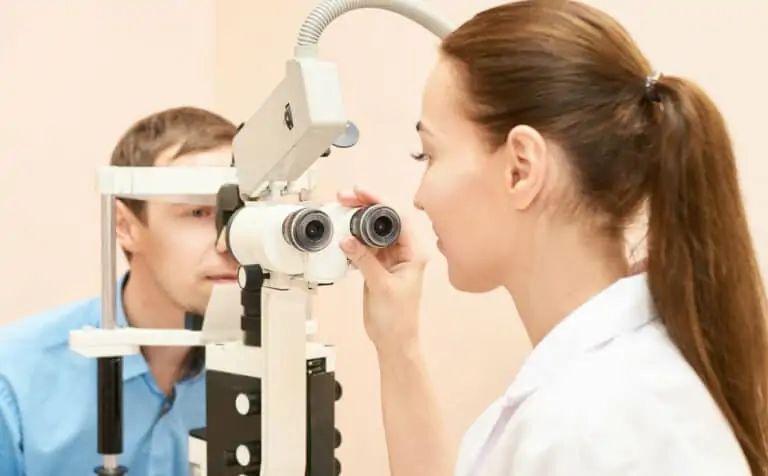What is a pterygium?
A pterygium is a wing-shaped elevated growth on the cornea (the clear front window of the eye). It is a noncancerous growth that begins on the white part of the eye (sclera) and extends toward the center of the eye. It is a result of a process in which the conjunctiva grows into the cornea.
What causes a pterygium?
Why pterygia occur is not totally understood. Long term exposure to sunlight and dry environmental conditions seem to contribute to their development. They appear to develop more often in people who spend a lot of time outdoors. Exposure to sun, wind, dust and or harsh climates are frequently linked to pterygia. They are also found more often in men than women.
What are the symptoms of a pterygium?
Symptoms may include blurred vision, foreign body sensation, redness and eye irritation. While the pterygium is growing, it becomes swollen and red. This growth process is slow, and usually stabilizes without causing problems. Although the symptoms are not severe, growth over the central cornea may cause vision loss.
How is a pterygium treated?
If the pterygium does not cause any noticeable symptoms, treatment is not necessary. While it is red and swollen, eye drops and ointments can be used to relieve dryness and inflammation. Once the pterygium begins to threaten vision, it can be removed surgically. Surgery can also be performed for cosmetic reasons. However, pterygia have a tendency to return, especially in younger people. At times, dryness and irritation persists even after removal. Radiation and topical medications can be used to prevent recurrence.

